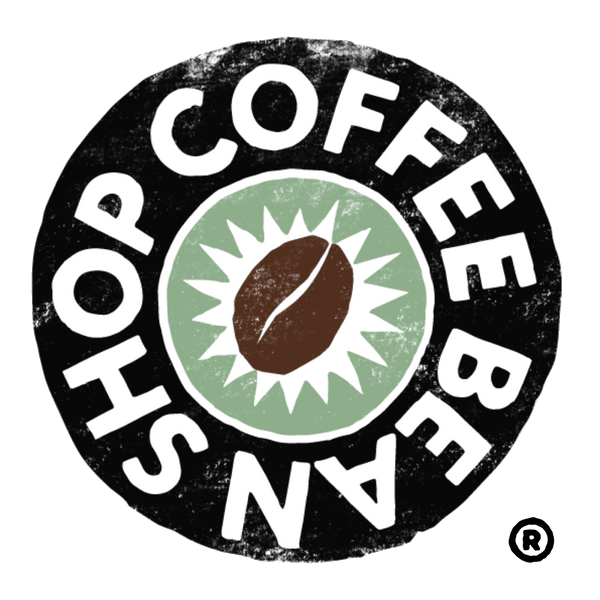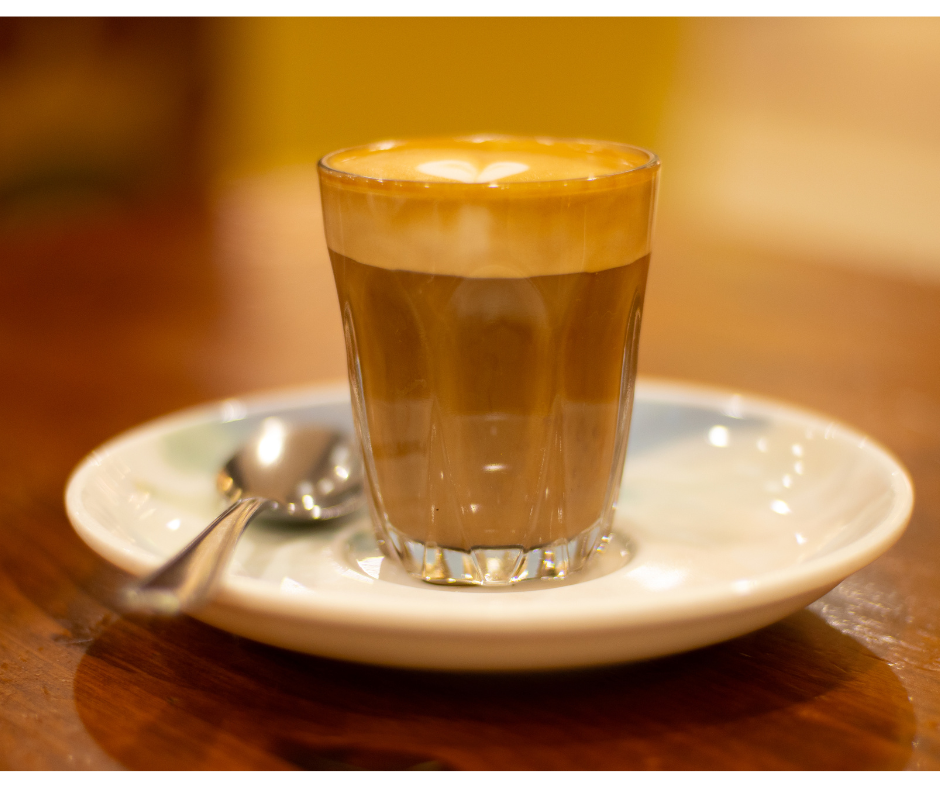The coffee world is one that is constantly evolving, full of exciting developments, new brewing methods and tasty new ways of enjoying probably the most popular drink on the planet. It does, however, come with a fairly long list of jargon, terminology for techniques, products and tools, all of which also have regional variations.
The latest to hit the mainstream is a drink that is small in stature but large in flavour. But, what is a piccolo coffee, and how do you make it?
What is a Piccolo Coffee?
Now, just to confuse you; the dictionary definition of piccolo is a small flute which is pitched an octave higher than a standard flute. So most searches for the word alone will lead you far away from the coffee-based drink and into the realms of musical instruments.
The word piccolo, as with most things coffee-based, has Italian roots. It means “small and high-pitched,” which would explain the instrument thing.
Over time, the word has been adopted by other languages to merely mean small, much like the French word petite.
This brings us nicely to where Piccolo Coffee gets its name from. For what is a piccolo coffee, if not a small-sized caffeinated drink?
It seems that as the third-wave coffee movement progresses, the drinks are getting smaller. The flat white continues to surprise the uninitiated with its teacup-size proportions and the macchiato’s espresso and milk formation only seeks to confuse those used to America’s caramel latte macchiatos.
The piccolo coffee sits somewhere between these two, as a sweeter, milder brother to the mighty cortado.
A traditional Piccolo coffee (also sometimes referred to as a Piccolo latte) contains just one shot of espresso or ristretto in a demitasse glass, full to the top with silky smooth, steamed latte milk.
Demitasse literally means half cup in French and is named thus as it holds half the amount of regular coffee-based drinks, a measly 90ml to the typical latte or cappuccino’s 240ml, or a flat white’s 160ml (although remember these vary depending on the country, formulation, size ordered or even brand of coffee shop you are frequenting).

How to make a piccolo coffee
Now that we have answered what a piccolo coffee is, here’s a quick guide on how to make one.
To make a piccolo coffee, you will need:
- Espresso shot (or the equivalent from a different brewing method)
- cold milk (around 100ml, but a bit more can help with steaming.)
Steps:
- Brew a single shot of espresso using an espresso machine or stovetop espresso maker.
- Steam a small amount of milk (2-3 ounces) using a milk steaming wand on an espresso machine. To do this, plunge the wand under the surface, ensuring that it does not touch the bottom or sides of the milk jug. Keep it there and open the steam wand. Keep it in place until the milk reaches just below the correct temperature - it will keep climbing even once the wand is removed, so always err a little below the desired target.
- The milk should be steamed to create a creamy, velvety texture. Once the milk is heated, swirl it vigorously to incorporate the wetter milk with the thicker consistency on top. If there are large bubbles, bang the milk jug on a flat surface lightly to burst them, before swirling again.
Pro tip: If you find your milk is always a little flat, you could try pulling the jug down while the wand is open so that the tip is just touching the surface of the milk. Here it will make a small hissing sound and will froth the milk. (this is how cappuccino milk is created) You only want to do this for about half a second, before plunging the wand back fully into the milk, or you will have milk that is far too frothy (but will make a lovely Macchiato if you go wrong).
4. Pour the steamed milk gently into the espresso shot. You can use a spoon to hold back the foam while pouring, allowing the milk to flow evenly into the coffee.
5. Serve the piccolo coffee in a small espresso cup or the traditional demitasse glass.
How to make latte milk without a steam wand
Don’t have access to an espresso machine with a steam wand? You have a few options.
The key thing to remember is that, when heated, milk already thickens, so frothing it will only serve to create more of a cappuccino consistency. Fine, if you are after that, and it won’t harm the beverage, but it also won’t really be a piccolo.
- Warm milk in a pan on the hob. Remove from the heat just as it begins forming microbubbles around the edge, as if you leave it a second longer it will burn. Not only does scalded milk taste horrid, but you’ll also have the worst time trying to remove it from the pan.
- Get a microwave-safe mason jar. Give in a good shake and put in the microwave for 20-30 seconds. Keep an eye on it throughout, as we all know that milk goes from ok to bubbling over in 0.1 seconds or the moment you are not looking.
What is the difference between a piccolo and a cortado?
While cortados and piccolos may appear very similar, it is the amount of coffee that is used that sets them apart. Both make use of textured latte milk, but whereas the cortado is a balance of almost 50/50 milk and espresso - using 2 espresso or ristretto shots - the piccolo coffee only contains one shot, making it a much milder, sweeter drink.
Final Thoughts
So, what is a Piccolo coffee? Now that you can confidently answer that, you are probably wondering what coffee beans are best for creating this diminutive powerhouse of a drink. Due to its high coffee-to-milk ratio, you really get a powerful hit of flavour from the coffee beans used, so you want to make sure they are worth the attention.
Choose the very best coffee beans available, preferably freshly roasted. This is a good starting drink for someone wanting to explore single-origin coffee beans but does not like the taste of black coffee (yet).
We recommend Colombian Bucaramanga for its beautiful nutty, chocolate flavour notes and rich, full body. Or if you want something that can be used across other beverage types, you cannot go wrong with the best-selling Coffee Bean Shop espresso blend.



